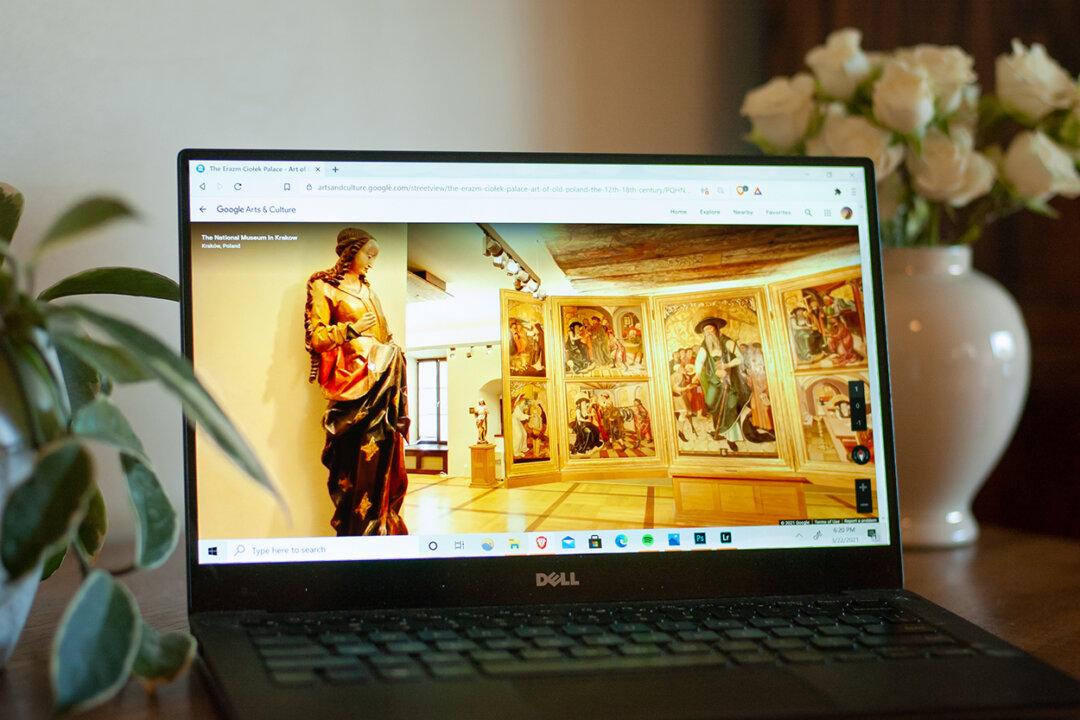It is impossible to talk about museum visitor experience, virtual or otherwise, without first addressing the devastating effects the pandemic has wrought on art institutions across the country and globe. Now after the first anniversary of the crisis, what was naively thought at first to be a brief, temporary shutdown of museums, lingered painfully for months as the pandemic raged on.
Some organizations opened their doors tentatively in the late summer of 2020 only to find that Covid numbers warranted yet another shuttering. The impact on the already fragile budgets of many American museums, dependent on visitor and tourist income, corporate and private donations, and membership income, necessitated the gutting of programming, cancelation of exhibitions, and the cutting of staff.

